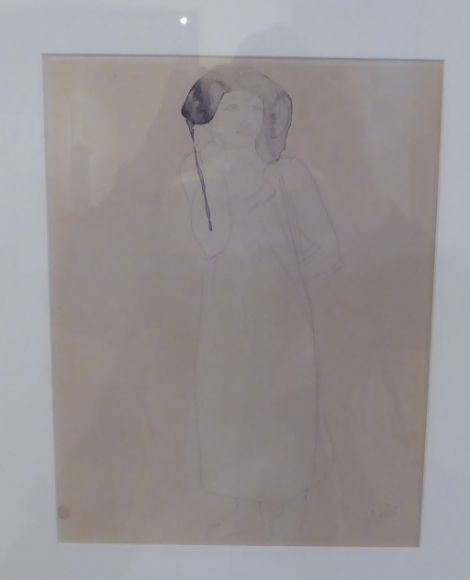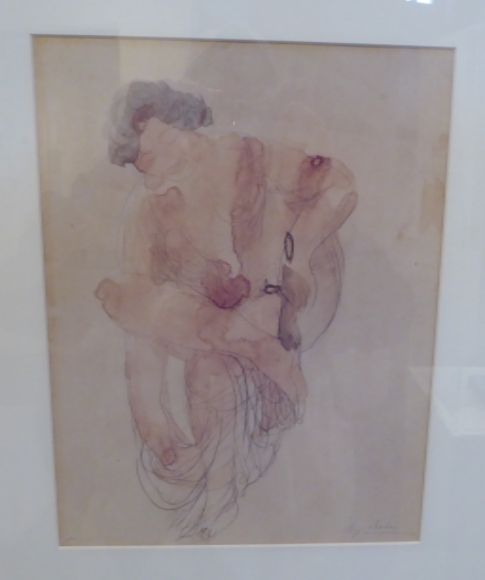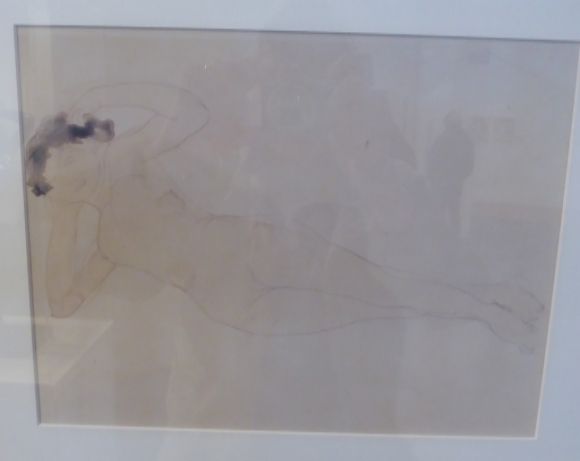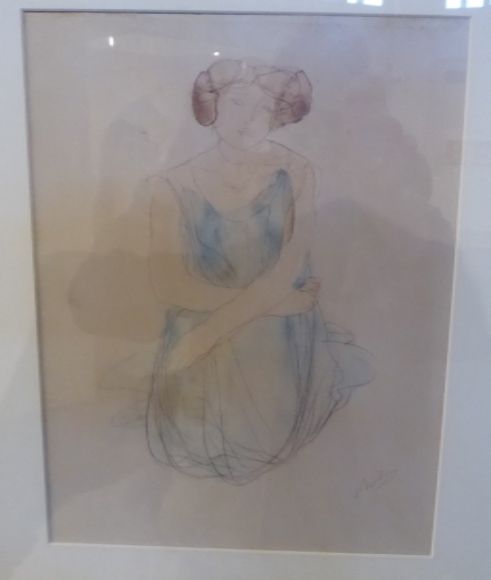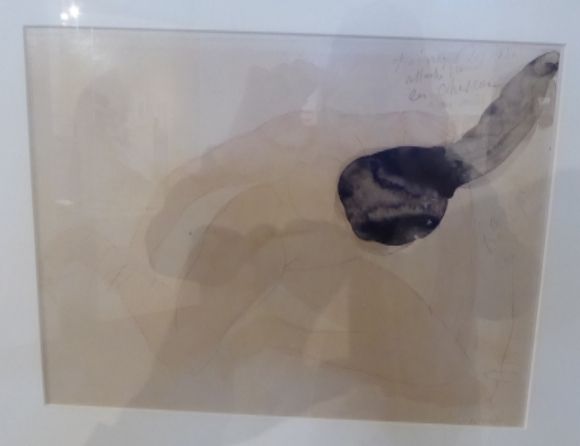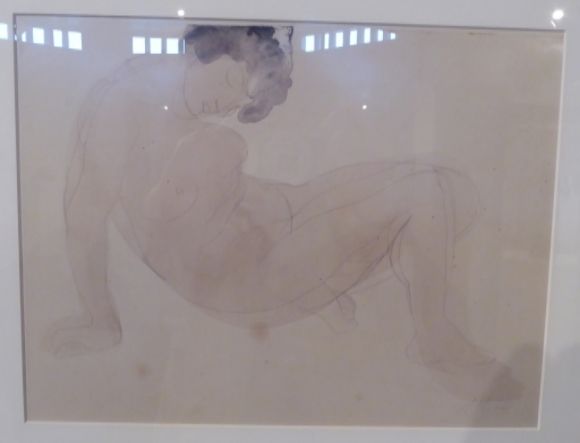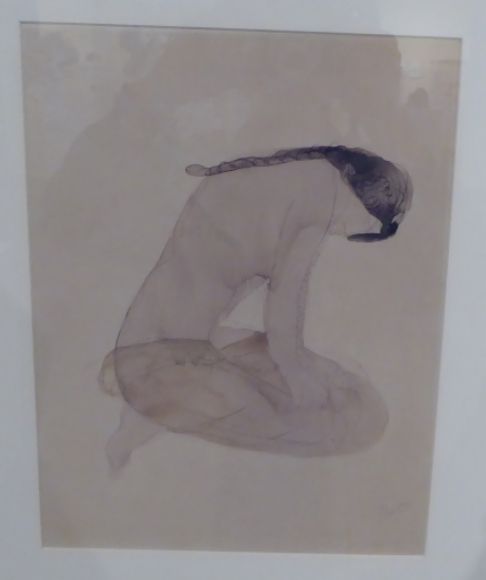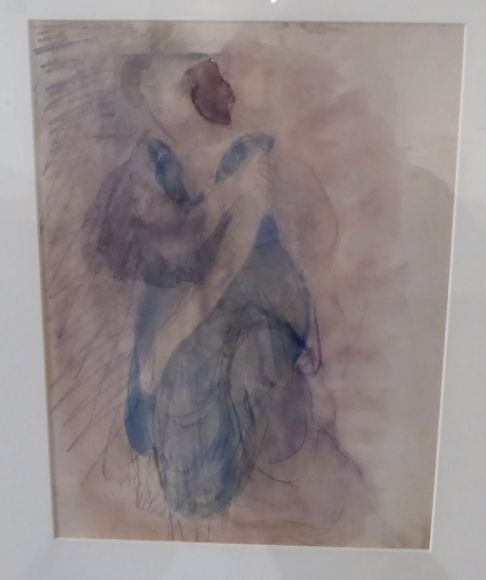While Auguste Rodin is best known as a sculptor, he drew throughout his career. In the 1890s he began to sketch the human figure. The Maryhill Museum of Art near Goldendale, Washington, has on display a collection of Rodin’s drawings.
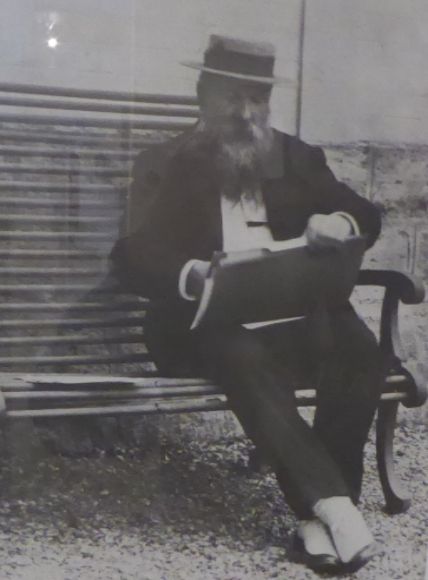 Shown above is a 1906 photograph of Rodin sketching.
Shown above is a 1906 photograph of Rodin sketching.
Auguste Rodin (1840-1917) is generally considered to be one of the founders of modern sculpture. While traditional sculpture prior to Rodin tended to be decorative, formulaic, or thematic, Rodin portrayed the human body with realism and celebrated individual character and physical features. Rodin was considered a naturalist who focused on character and emotion rather than on monumental expression. During his life, his works were often criticized and were somewhat controversial.
While Rodin showed artistic talent at a young age, he was a poor student. He attended the Ecolé Impériale Spéciale de Dessin et de Mathématique where he learned modeling and drawing. He applied to get in to the noted Ecole des Beaux-Arts and was rejected three times. Humiliated by this failure, Rodin went to work for commercial decorators and sculptors. However, he had a compulsion to sculpt and opened his own studio.
With regard to Rodin’s drawings, the display at the Maryhill Museum of Art reports:
“Obsessed with the study of the human form in motion, Rodin hired models (usually female) to move freely around the studio, striking natural poses at will. Rodin would record their movements in rapidly executed pencil contour sketches. Late—even weeks or years later—Rodin would add watercolor washes to the drawings to add an effusive charm and a heightened sculptural effect.”
Shown below are some of Rodin’s drawings.
